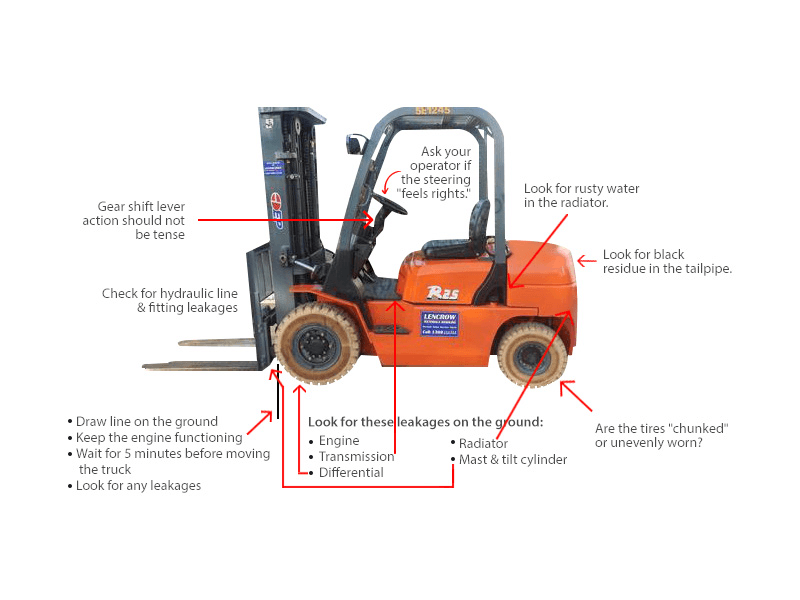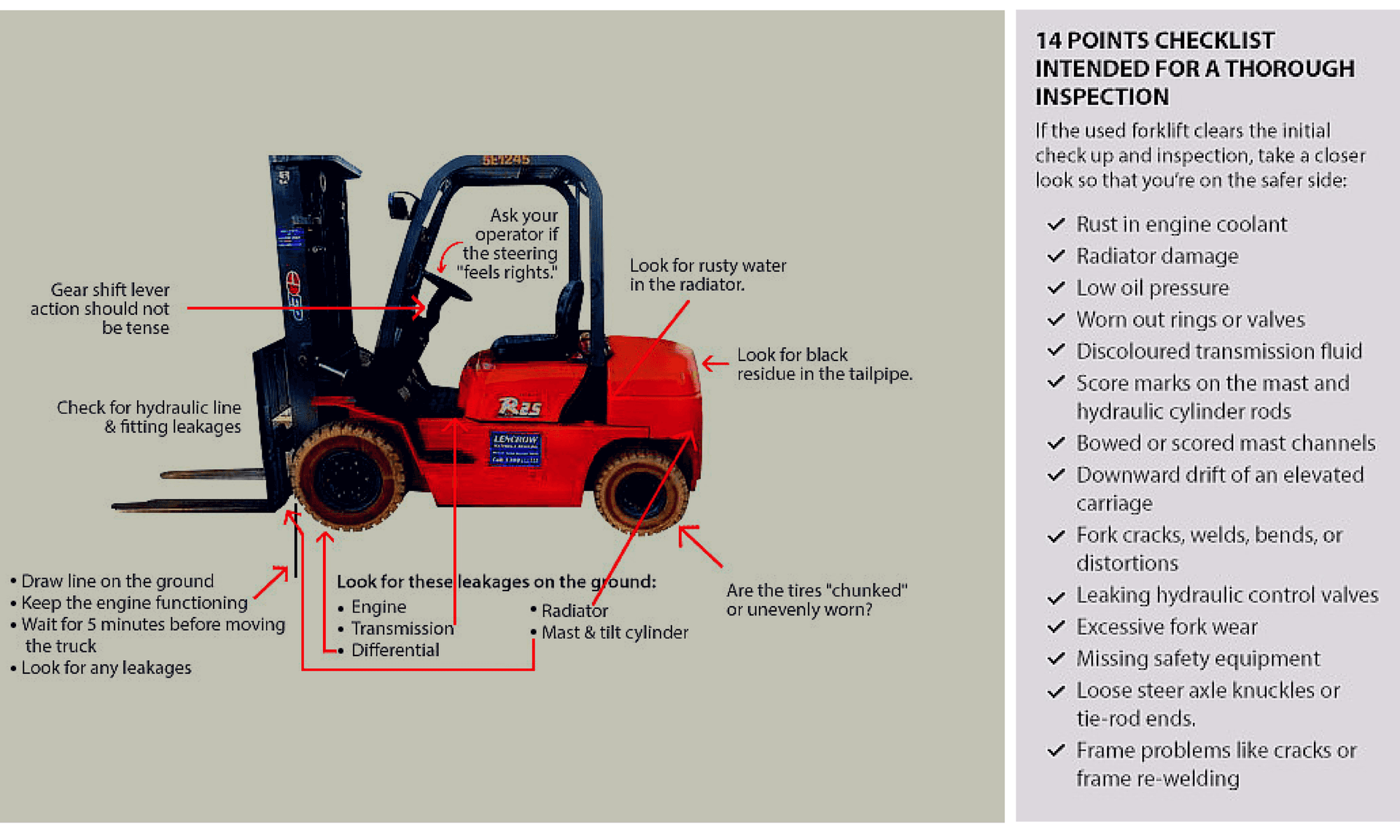Ross Grassick
Forklift Tips
Forklift 101: 8 Fundamental Forklift Facts

Forklifts… It’s not the hottest conversation topic. How often do you go to the pub with your mates and the conversation starts with “You wouldn’t believe the forklift I saw today!?”? It’s also unlikely that it’s a common discussion in the lunch room at work or at the family dinner table. It’s not until you need a forklift you begin to realise the different options available and might not understand why there are so many.
In the previous article we identified key points to look for when inspecting a second hand forklift. A simple guide that can be applied to various makes and models to visually identify the condition of a forklift.
Finding a suitable second hand forklift doesn’t need to be complicated. This simple 8 point checklist can be applied to any forklift and the information should be provided with any unit advertised for sale. Different combinations of fittings and features on a forklift is what determines the suitability of a unit for specific handling applications. As you revise these 8 points apply each step to your own business and identify solutions specific to your handling needs.
- 100% Local Service & Support
Speak to a reputable supplier and find out which brands are supported in your area. One thing that you can count on when owning a forklift is that it requires ongoing maintenance so it’s important you know how accessible support, service and spare parts are in your area.
- Service Records
Second hand forklifts have had previous owners. Find out if the forklift you are looking at has records available. These records are available upon request and reputable suppliers will have these available. These identify that scheduled services were completed as well as ongoing issues with that particular unit. The history and type of work that it has been used for assists with determining if previous issues may be problematic for you.
- Model
This is not indicative of quality or condition but can be applied usefully in second hand forklift research. The model indicates, like a car, when the forklift was manufactured and the type of forklift it is. Use the model number in your research to find out how the forklift has been reviewed by first time owners. You can also use this as a guide to see if the second hand forklift advertised is being disposed of because it’s past the warranty period and is being replaced by a new model. This is a good indication that the forklift has up to date service records and has been reasonably maintained by the owner.
- Fuel Type
Fuel has a simple rule of thumb and the decision is based on the location that you will use the forklift. Apply the R&R principle – Relate & Replenish
Relate reminds you to consider where the forklift will be used mostly as this determines fuel choices that are suited for specific applications. For example; if a forklift will mostly be used indoors handling fresh produce a battery electric forklift is the most suitable fuel option.
Replenish is a reminder to consider how accessible fuel is in your area. If your operation doesn’t have onsite fuel access you will need to know where the closest source of fuel is and how quickly it can be replenished. This point is particularly important to note in some remote and regional locations.
- Mast Stage
Generally speaking the most common masts are 2 stage or 3 stage. The mast that is fitted to the forklift determines the absolute maximum height a load can be lifted as well as clearance heights for entry points. The specifications on a mast indicate the maximum height it will reach. Know exactly how high you need to reach. Second hand forklifts may also advertise features such as side shift or full free lift. When these options are fitted to a mast it may be advantageous to you. Here’s a simple explanation to distinguish what they mean;
Sideshift – the forks move left and right without having to raise or lower the mast. This is helpful for operators that need to strategically place loads in designated spaces. The forks can be repositioned without having to move the entire forklift. Ideal for high racking.
Full Free Lift – the forks can be moved and positioned at any time. The mast doesn’t need to be fully raised or lowered to move the forks and provides extra movement when handling loads.
- Size & Space
Look at the space that the forklift needs to operate in. The forklift’s size and dimension will determine how easily it navigates space. The turning radius of a forklift will be an important factor if it will mostly be used in small spaces. If the forklift is going in and out of a building make sure the forklift will fit through the designated entry point with a load on the forks. Entry points need to be measured! Forklift operator manuals provide most space and weight dimensions for each model and can be used as guide. Please note that some second hand forklifts for sale are fitted with after-market attachments so be sure to compare factory specifications with the information advertised.
- Tyres
Tyres are fitted to suit different applications; cushion tyres are used mostly for indoor applications, pneumatic tyres are suitable to outdoor applications, polyurethane tyres are fitted to indoor warehouse equipment and air tyres are fitted to larger all terrain forklifts. These examples are the basic key differences in tyres and forklift applications.
- Regulation
Workplace health and safety regulations define the way your business can use heavy machinery in the workplace. Ensure that the second hand forklift you look at includes the features that are relevant to your industry. For example; some work sites require all equipment being used to have fire extinguishers installed. Identifying these before you purchase any second hand forklift can be cost effective and time saving. If you are a business owner or an operator consider how safe the forklift is before using it, this is most important.
The 8 step guide provides an overview for reviewing a forklift, whether it is a second hand forklift, new forklift or even a forklift for hire. The best starting point is knowing the workflow of your goods and the space you need to operate it in. These two key points, capacity and lift height, will guide you easily through the 8 steps to find other features that will make a forklift more suited to you and your business needs. It is recommended that you seek experienced and professional advice from a reputable supplier. These 8 points are the fundamental points and should only be used as a guide.

